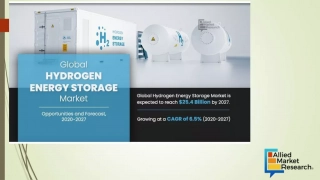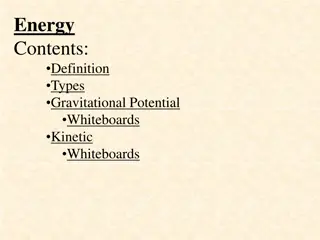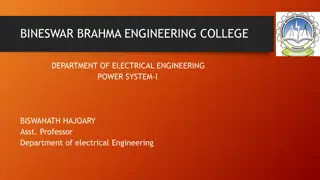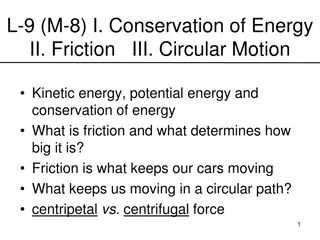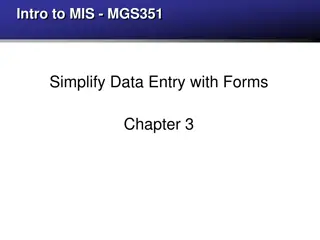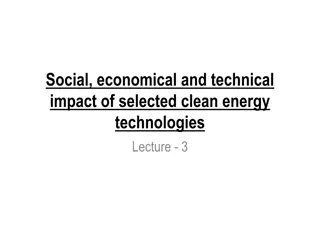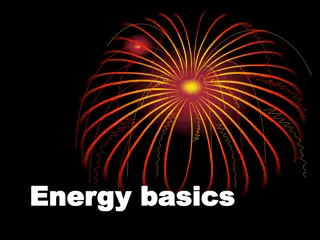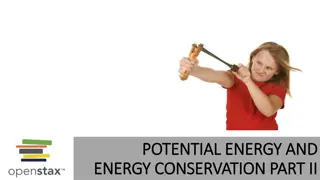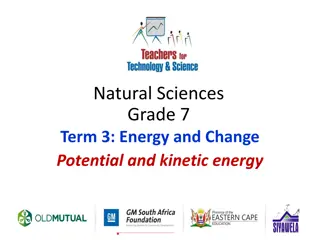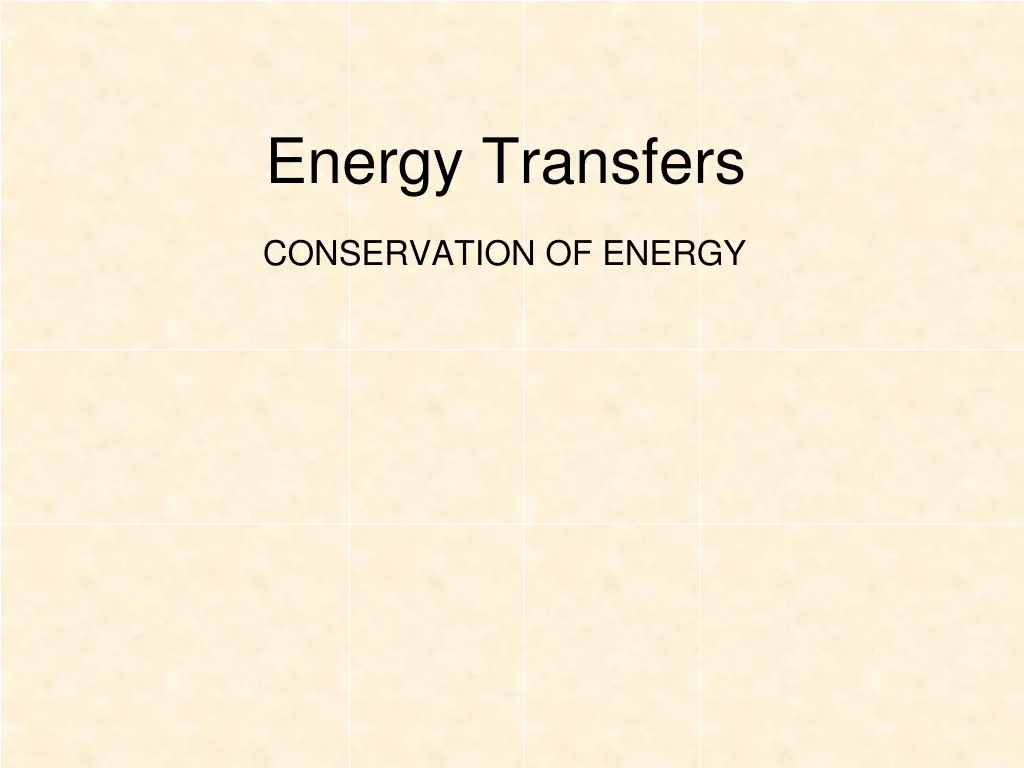
Understanding Energy Transfers and Forms
Explore the world of energy transfers, conservation, and various forms of energy including thermal, light, electrical, sound, kinetic, chemical, nuclear, and potential energy. Learn how energy is conserved and utilized in everyday devices and scientific situations, with a focus on efficiency and energy relationships. Dive into the realms of potential and kinetic energy, understanding the role of the Sun as a primary energy source on Earth.
Download Presentation

Please find below an Image/Link to download the presentation.
The content on the website is provided AS IS for your information and personal use only. It may not be sold, licensed, or shared on other websites without obtaining consent from the author. If you encounter any issues during the download, it is possible that the publisher has removed the file from their server.
You are allowed to download the files provided on this website for personal or commercial use, subject to the condition that they are used lawfully. All files are the property of their respective owners.
The content on the website is provided AS IS for your information and personal use only. It may not be sold, licensed, or shared on other websites without obtaining consent from the author.
E N D
Presentation Transcript
Energy Transfers CONSERVATION OF ENERGY
ENERGY Energy resources and energy transfer b) Energy transfer describe energy transfers involving the following forms of energy: thermal (heat), light, electrical, sound, kinetic, chemical, nuclear and potential (elastic and gravitational) understand that energy is conserved know and use the relationship: efficiency = useful energy output / total energy input describe a variety of everyday and scientific devices and situations, explaining the fate of the input energy in terms of the above relationship, including their representation by Sankey diagrams
Energy Energy is required to do work. Fuels are burnt to release energy The Sun is the ultimate source of most of our energy on Earth.
Forms of energy Energy can exist in many forms. 1. THERMAL or HEAT ENERGY This is the energy of an object due to its temperature. 2. LIGHT ENERGY This is energy in the form of visible electromagnetic radiation.
3. ELECTRICAL ENERGY This is the energy transferred by an electric current. 4. SOUND ENERGY This is energy in the form of a sound wave.
5. KINETIC ENERGY This is the energy possessed by a moving object. Kinetic energy increases is the object s speed is increased. Also often called Movement energy
6. CHEMICAL ENERGY This is energy that is released when chemical reactions take place. Battery_9V Sources of chemical energy include: fuel, food and batteries. 7. NUCLEAR ENERGY This is energy that is released when nuclear reactions take place. This is the source of the Sun s energy.
8. POTENTIAL ENERGY This is the energy possessed an object due to its position. Gravitational Potential Energy The gravitational potential energy of an object increases if it is raised upwards. Elastic Potential Energy This is the energy stored in a stretched or squashed object - also known as strain energy Gravitational potential energy being converted into kinetic energy.
Energy measurement Energy is measured in joules (J) Photorealistic Red Apple Clip Art To lift an apple upwards by one metre requires about one joule of energy. 1 kilojoule (kJ) = 1 000 J 1 megajoule (MJ) = 1 000 000 J
Other energy measurement examples 4200 joules (4.2 kJ) 1 food Calorie 1 000 000 J (1 MJ) Energy of a Mars bar 0.000 02 J Energy need to produce a syllable of a word 15 000 000 000 000 000 000 000 J Energy received by the Earth from the Sun in one day
Conservation of energy Energy cannot be created or destroyed. It can only be transformed from one form to another form. Conservation of energy also means that the total energy in the universe stays constant.
Pendulum oscillation GRAVITATIOINAL POTENTIAL ENERGY MINIMUM MAXIMUM KINETIC ENERGY MAXIMUM ZERO The total energy, gravitational potential plus kinetic, remains the same if there are no significant resistive forces
Useful and wasted energy Useful energy is energy transferred to where it is required in the form that it is wanted. Other forms of energy are referred to as wasted . Wasted energy spreads out into the surroundings. This is usually in the form of heat energy causing the energy changing device and its surroundings to become warmer. It is very difficult to concentrate this energy again to make use of it.
Energy efficiency Energy efficiency is a measure of how usefully energy is converted by a device. useful energy output total energy input efficiency = As the useful energy output can never be greater than the energy input the efficiency can never be greater than 1.0
Energy efficient light bulbs pa15_250 These produce more useful light energy for the same amount of input electrical energy. They waste less energy to heat. energy-saving-light-bulb
Question 1 Calculate the efficiency of an electric motor if it produces 48J of useful kinetic energy when supplied with 80J of electrical energy.
Question 1 Calculate the efficiency of an electric motor if it produces 48J of useful kinetic energy when supplied with 80J of electrical energy. useful energy output total energy input efficiency = efficiency = 48J 80J efficiency of the motor = 0.6
Question 2 Calculate the useful light output of a light bulb of efficiency 0.20 when it is of an electric motor if it supplied with 400J of electrical energy.
Question 2 Calculate the useful light output of a light bulb of efficiency 0.20 when it is of an electric motor if it supplied with 400J of electrical energy. useful energy output total energy input efficiency = 0.20 = useful energy 400J useful energy = 0.20 x 400J light output = 80J
Percentage efficiency percentage efficiency = efficiency x 100 The greater the percentage of the energy that is usefully transformed in a device, the more efficient the device is. The maximum percentage efficiency is 100%
Question Calculate the percentage efficiency of a light bulb if it produces 30J of light when supplied with 240J of electrical energy.
Question Calculate the percentage efficiency of a light bulb if it produces 30J of light when supplied with 240J of electrical energy. useful energy output total energy input efficiency = efficiency = 30J 240J = 0.125 % efficiency = efficiency x 100 Percentage efficiency of light bulb = 12.5%
Improving efficiency Decrease loss to heat by: Reducing friction by using a lubricant (eg oil). Reducing electrical resistance in electrical circuits. Reducing air resistance by using streamlined shapes. Reduce loss to sound by tightening the loose parts of machinery.
Energy flow diagrams GENERAL DIAGRAM USEFUL OUTPUT ENERGY INPUT ENERGY DEVICE CAUSING ENERGY CHANGE WASTED ENERGY
An electric light bulb light_bulb electrical energy light energy light bulb heat energy
Microphone sound energy electrical energy microphone heat energy
Car engine chemical energy kinetic energy car%2520cartoon%25203%2520logo car engine heat & sound energy
Photosynthesis Flowers-Plants-Cactus_-_Cartoon_2-1-742356 light energy chemical energy plants heat energy
Complete the table below: Device Input energy Main output energy Electric motor electrical Car brakes heat gravitational potential kinetic Falling object Candle light Generator electrical
Complete the table below: Device Input energy Main output energy kinetic Electric motor electrical Car brakes heat kinetic gravitational potential chemical kinetic Falling object Candle light Generator electrical kinetic
Sankey Diagrams These are energy flow diagrams that show how well a device uses energy. USEFUL OUTPUT Device INPUT The width of the flow arrows is proportional to the amount of energy Wasted energy is shown flowing downwards. WASTED OUTPUT
Question Draw a Sankey diagram for car of efficiency 20% KINETIC ENERGY CHEMICAL ENERGY CAR HEAT & SOUND ENERGY The kinetic energy arrow should be 1/5th the width of the chemical energy arrow. The heat & sound arrow should be 4/5th the width of the chemical energy arrow.
Choose appropriate words to fill in the gaps below: Energy is required to do ________. Energy is measured in ________ (J) Energy cannot be created or ___________ but can only change ________. Kinetic energy is the energy possessed by __________ bodies. When an object is lifted up it gains gravitational _____________ energy. Heat or __________ energy is often produced as a _________ energy form. WORD SELECTION: potential moving wasted joules thermal destroyed form work
Choose appropriate words to fill in the gaps below: Energy is required to do ________. work joules Energy is measured in ________ (J) Energy cannot be created or ___________ but can only change ________. form destroyed Kinetic energy is the energy possessed by __________ bodies. moving When an object is lifted up it gains gravitational _____________ energy. potential Heat or __________ energy is often produced as a _________ energy form. thermal wasted WORD SELECTION: potential moving wasted joules thermal destroyed form work

